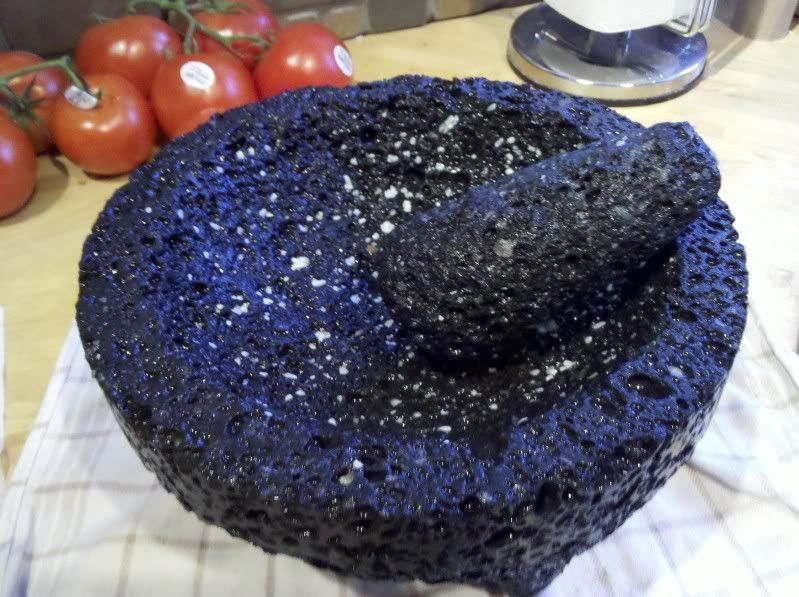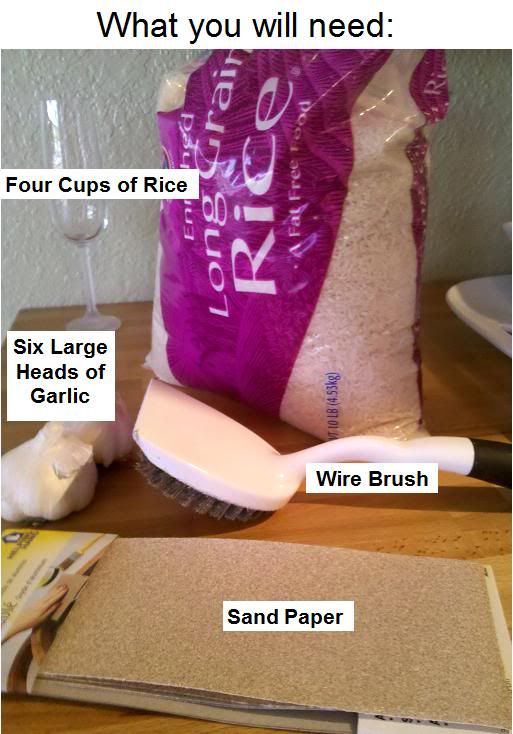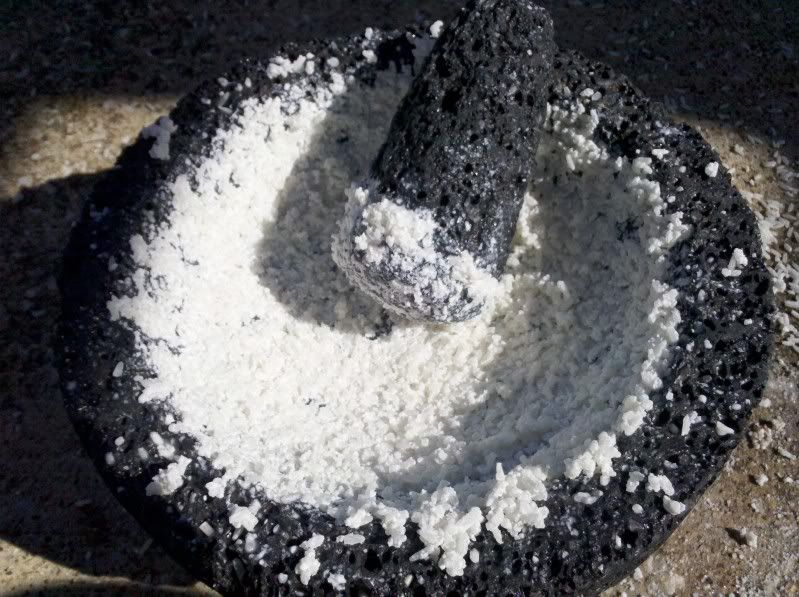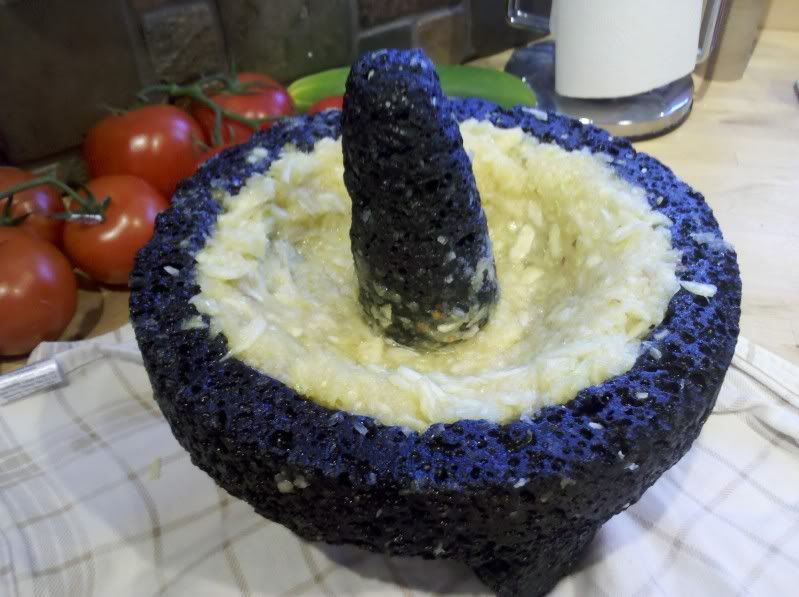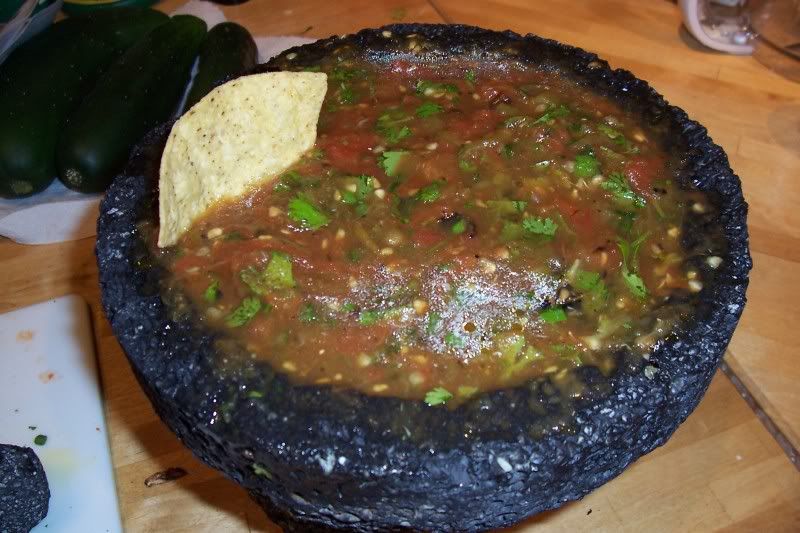6/29/2010 Tuesday
I’m sitting in the airport, waiting to check in for our flight to China. I can’t believe it’s finally here – the day we get to leave Korea.
It’s surreal, thinking about how I will never see any of this again, because I really don’t think I’ll ever come back. It’s too hard to be an outsider every day.
I’m excited and very happy to be leaving. There are butterflies in my stomach, and I wish we were already on the plane. I think a deep feeling of peace and relief will wash over me once that plane is on the air with me in it.
Saying goodbye to Korea means saying goodbye to: endless stares from strangers, open sewage, horrible smog, kid germs, bad traffic, subways, shoebox apartments, motorcycles driving on the sidewalk, language barriers, kimchi, etc., etc.
I can feel it all melting away, and the weight coming off my shoulders.
Going back to America means returning to: actions and motivations that I can understand, English, ease of communication, friends and family, pets, wide-open spaces, grass, yards, gardens, bicycles, gyms, comfortable coffee houses, clothes and shoes that fit, clean air, my car, my belongings, home.
But first, we are stopping in China for a much needed vacation. There will be a lot to see in Beijing, but I also want to take it easy and relax. I hope we can make it home without getting lost or ripped off.
6/29/2010 Tuesday
We made it to the hotel safe and sound. We had quite a time carrying our huge bags around on the subway to get to our hotel. However, three people offered to help me with my bags along the way. Chinese people are so nice I like China better than South Korea already.
Our hotel is great. It’s nestled in a quaint little neighborhood in downtown Beijing. It’s about three minutes from the Wongfujing shopping area, which is known for good shopping and strange food. I got some good souvenirs and good pictures of weird stuff on a stick.
The hotel is spacious and has a good nightly rate; I’m really pleased. Now it’s off to sleep so I can get an early start tomorrow.
6/30/2010 Wednesday
Phew. Today was a busy day. After a scant buffet at the hotel for breakfast, we headed to the Forbidden City. Our hotel, the Tian Rui Inn, is close enough to walk to Tiananmen Square and the Forbidden City, so Erik and I got up early to make the walk and arrived just before the ticket office opened. Perfect timing!
The Forbidden City is in the heart of Beijing, and is where the emperors and their families once lived. It contains the palaces and courts of the emperor and the royal family, as well as the imperial gardens. It was called the Forbidden City because only royalty, the royals’ servants, and government officials / nobility were allowed inside.
It was beautiful. There were amazing and intricate frescoes of flowers and dragons on the walls. There were several throne rooms and palaces, all for different purposes, and all beautifully decorated. Before each throne lay a huge rug depicting a winding dragon. Everything in the Forbidden City seemed to have a symbolic or mystical meaning. With its sprawling expanse, it kept us busy for a good while. After we had seen enough of the Forbidden City, we walked up the man-made mountain behind it. The mountain was built to make the palace location Feng Shui, and to block the evil energies from the north, etc. It gave us great views of the city and of Beijing. It’s too bad that the great views were marred by the thick smog that seems to be ever-present in Beijing.
Sweaty and tired from our climb and hours of walking, we went looking for some lunch. We happened upon a place called the Alley Café, which had great food, a good atmosphere, friendly staff, an even friendlier cat, and free internet. It was a welcome break from a day of walking. After lunch we dodged the insistent rickshaw/motorbike drivers and walked to Tiananmen Square. We snapped a few pictures of the monuments and headed for the subway.
Each time you enter the subway, you have to pass all bags through a security check. A single ticket costs two yuan, which is about 33 cents. It’s easy enough to figure out and ride around, but it tends to be painfully crowded.
We soon arrived at the Temple of Heaven, which sits at the middle of a large park. We headed to the main hall, passing by seven stones that represented the provinces in China. They were carved to look like mountains, but the folk story was that they are meteorites.
The main hall is where the emperor would come to pray and give sacrifices for a good harvest. The building is beautiful. It is raised up on a tall round stone foundation, and the structure itself is also round. The hall is very large, and has a three-tiered roof. The main color was a rich blue, and while, the hall makes quite an impression. Peering inside, I saw a throne for the emperor, and on either side of it a row of statues of calves standing over basins ready for slaughter. I hadn’t realized that the hall was centered around animal sacrifice until this point, and I found it to be a bit creepy. I’m used to seeing Buddhist temples, which would never allow animal sacrifice. I don’t know what kind of religion was/is practiced at the Temple of Heaven (probably the old shamanistic religion), but the fact that it revolves around animal sacrifice is unsettling.
We then made our way to a hall that housed the tablets of the gods, and then to an area that consisted of three raised rings of stone (one on top of the other, getting progressively smaller in diameter). Each cardinal direction had three gates leading from it and at the top center of the stone platforms was a “speaking stone.” It’s said that if you stand on it your voice will be particularly clear and resonant, and people will hear/listen to what you say.
We began making our way out of the park, but about half of the way through I had to sit down to rest my throbbing feet. I sat against the outer wall and watched random men doing Tai-Chi amidst the juniper and cedar trees and the untamed monkey grass. An old lady passing by also felt the need to serenade us as she walked. Once I could make myself get up, we made it back to the hotel and took a much needed shower. When I took off my jeans, I found that my legs were covered in black dust from the smog. Yuck.
After a short rest, we headed to a nearby restaurant for dinner. Trying to get Erik fed without accidently including wheat or soy sauce in his food has been difficult. He’s mainly been eating salad. I, however, ordered some chicken with onions and peppers, which turned out to be painfully spicy. Thank goodness I had some beer and mild dumplings to round out the meal.
After dinner, Erik and I bought some fruit from a local vendor for breakfast tomorrow, as well as some juice and dessert. We bought fresh apples, peaches, and cherries for breakfast, yum! I also got what I thought was an ice cream bar, but was actually a whipped cream bar…interesting. And now here I lay, feet still throbbing, excited about the Great Wall tomorrow!
7/1/10 Thursday
I did it! I fulfilled my childhood dream of seeing the Great Wall of China! Apparently, if you climb the Great wall you are considered a hero in China, so now Erik and I are heroes, I guess. Woot!
The section of the Wall that we went to is called the Mutianyu section. We chose it because it is a bit farther away than Badaling, so it’s less crowded. We lucked out and found a tour for it and the Ming tombs through the China Culture Center.
Mutianyu was beautiful, even if it was a rainy day. The mist kept us cool and added a nice foggy “on top of the clouds” effect to our pictures. We chose the steeper side for the better views, and it was well worth it. It was amazing to just be on the wall and think about the history behind it. I kept thinking to myself, “Wow, you did it. You’re really here.” I have always wanted to visit the Great Wall, but I never really thought I’d be able to. But I’ve done it! Hoorah!
After the Great Wall, we had lunch at an outdoor restaurant complete with a pond and fountain. They brought out several Chinese dishes, lazy susan style, and everyone helped themselves. There was trout, fried green beans, sweet and sour pork, fried rice with beef, soup, steamed rice… and it was all delicious! We ate with a couple from Baveria, a ‘chap’ from the U.K., a couple from Hamburg, Germany, and a couple from Australia. And of course, when we told them we were from Texas, someone said, “oh, Bush country,” and Erik and I found ourselves in the middle of a discussion of U.S. politics, and having to explain that we were just as exasperated with it all as they were. Oh well, that’s the price all Texans abroad pay for Bush’s mistakes!
After lunch, we headed to the Ming Tombs, where most of the emperors from the Ming Dynasty are buried. The tour guide explained to us about how the location was chosen for its great Feng Shui (aka its harmonious surroundings with nature for good fortune). Ideally Chinese structures are blocked from the north (which brings bad luck) by a mountain (or in the case of a house by a lack of windows on the north wall). This was the case at the Ming Tombs, and was also why an artificial mountain was built to the North of the Forbidden City. According to Feng Shui, a dwelling or structure should face, and be open to, the south. This is why most Chinese houses face the south. Also, ideally water should flow in front of a structure, and all paths should be meandering (because chi flowing in a straight line builds up into a destructive force). True to form, the Ming Tombs were open facing the south, and just behind a river.
The tombs begin with a long path lined with statues of animals, generals, and government officials. This then leads to a courtyard with three gates / buildings leading up to the huge mound of tree and foliage covered dirt under which lies the emperor in his “underground palace.” That’s only one tomb, there are twelve more. However, they all look the same, so we only visited one.
After the one and a half hour bus ride back to Beijing, Erik and I had dinner in a ‘hip’ area called The Village. We had Mexican (or an imitation of it) for dinner, then stopped at an international supermarket for come goodies. They had so many American products! It made me feel like I’ve been living in a crap hole for a year… I indulged in some chocolate covered raisins, and a cabernet sauvignon. Thank goodness for screw on tops for wine bottles – the best friend of a corkscrewless tourist!
After a nice dinner, some chocolate, wine, and some relaxation, I feel really satisfied with the day. I had a great time, and I maintain that I <3 Beijing!
7/2/10 Friday
Today Erik and I went to see the Summer Palace. This began with an hour long subway ride, during which we had to stand up and be crammed in the car like sardines. It was awful. Now I know why Chinese people freak out about disease. It could spread so rapidly in such crowded conditions.
When we finally arrived, we realized that exploring the Summer Palace was going to take quite a while, because of its expansive grounds. So, we decided not to go to Fragrant Hills Park, and make a day of the Summer Palace instead. This turned out to be a good move, because after five hours of wandering around in the sunshine, the last thing we wanted to do was go to another park. The palace grounds were beautiful. There was an artificial mountain to block the bad luck from the north, and a huge man-made lake in front of the palace for good chi. The palace and a tall temple were nestled into the south side of the mountain. They are restorations, as they were burned down twice by the English and French. In the early 1900s, the Empress Cixi had the summer palace rebuilt to celebrate her birthday, so many items from her secret reign were there. Her son became emperor as a young child, so she appointed a puppet regent to the throne and whispered exactly what he should say from behind screens.
Lining the entire grounds were the oldest willow trees in Beijing. They were everywhere, and they were beautiful. There were many bridges along the walkways surrounding the various parts of the lake, and vast portions of the water were covered with lily pads and lotus blossoms. Stately buildings dotted the landscape in traditional Chinese style, and people were crossing the lakes in paddle boats. We were almost dropping from the heat by the time we left. We did make one last stop at the palace’s riverwalk of souvenir shops though.
Erik wanted to see a nearby electronics market, so we stopped by on our way back to the hotel. It gook us about a minute to get tired of the extremely aggressive salespeople shouting at us, so we made a beeline for the door and taxied back to the hotel.
For dinner, we tried roasted duck. Sounds good, right? Wrong. What a disappointment. It was so rich and fatty that I found it disgusting. There was so much fat that it was like jelly! It’s hard to find a food to rich for me, but China has done it. Erik and I had to get some fruit gelato to clear our palettes of the lingering taste. By the way, I also tried some jasmine ice cream today. Let’s just say it’s better left in tea. Bad food aside, the Summer Palace was beautiful; I won’t soon forget it’s serene landscape.
7/3/10 Saturday
Today was an interesting day. In the morning, we went to see Lama Temple. It was once a prince’s palace, but he decided to renovate it into a temple (or in this case, a lamasery) for the Lama sect of Buddhism to promote harmony between China and neighboring Buddhist countries. This was by far the grandest temple I’ve ever seen. I mean, it used to be a palace, so of course it is grand. But the really impressive part is the statues. There are many grand, large statues of various Buddhas draped in huge silk robes and framed by golden screens that sit behind the Buddha and are actually part of the statue.
The most amazing statue was a Buddha carved out of a single tree trunk that was nearly three stories tall, all gilded in gold. To see its face, you have to walk right up to its feet and tilt your head all the way back. It was draped with silk scarves, and it was just beautiful.
After the temple, we went back to the area known as The Village for some lunch. We headed back to Luga’s Mexican Restaurant and Bar, because we know that Erik can eat their nachos without getting sick (he has a gluten allergy). We walked in dripping from the heat, and had to ask the bar tender to turn on the AC. The cool air felt so good; it was just what we needed. I had tacos and Chinese beer for lunch, and both were delicious (especially the tacos).
After lunch, Erik and I headed back to the hotel to shower and repack luggage so that we can fit in all of our souvenirs. Bu the time that was done it was time for us to head to see an acrobat show. I didn’t really know what to expect, except entertaining gymnastics and stunts. But I found out rather quickly that it’s not as innocent as it seems.
The very first act was centered around male acrobats throwing small girls around the age of eight high up into the air. The girls are used because they are much lighter, and the male acrobats can throw them much farther. So the first thing I saw was a group of small girls being used for the most dangerous stunts.
As the show continued, I thought about the girls’ situation, and realized that many many be from poor families in Beijing for the country who sent their kids away to make some money. It’s better than working on the farm, right? I’m not sure.
The show is performed at the same time every day. Between the show, there’s preparation and practice. I don’t think those girls go to school. Many Chinese people, especially in the countryside, don’t receive more than an elementary or middle school education. These girls may not even get that much. Also, what happens to these girls as they grow older? The ones who remain small and flexible become adult acrobats, but what about the girls who don’t make the cut? And what about the adult acrobats who grow too old to stay in the show? I’m willing to bet that most of them become exotic dancers or sex workers. The reality of those little girls’ lives is not a happy one. A lucky few may continue on to become adult acrobats, and after that perhaps an acrobat trainer. But most of these girls probably end up in the sex industry at some point in their lives.
The thought of this really tempered my enjoyment of the show. There is no question that the acrobats are talented. The show was amazing, but I couldn’t help but wonder about the acrobats. It was also upsetting to look around me and see that most of the other people in the room probably don’t know or care about such problems.
7/4/10 Sunday
I just realized that it’s the Fourth of July…so, Happy 4th! I wish I was at the cabin swimming, barbequing, and shooting off fireworks with my family. Imagine, I’m in the land of fireworks, and I haven’t seen a single Black Cat since I got here! Well, I did go to McDonald’s and have a coke and fries today; that’s about as American as it gets in China.
Today we went to see Prince Gong’s Residence. He had a nice place, a palace with expansive gardens – though nowhere near as big as the Summer Palace. The roofs were all glazed green tile, the color just below imperial yellow. The gardens were full of rugged looking rock formations, ponds, and pavilions – very unique.
After seeing the palace, we ate lunch at a little “hot pot” place nearby. Chinese hot pot is a type of food where you choose what goes in your pot – veggies, meat/ribs, noodles, etc. and it cooks right at your table. You end up with a very tasty soup. Mine had pork ribs, tomatoes, green onion, tofu, noodles, and mushrooms. It was delicious! It’s too bad that Erik can’t eat Chinese food because of all of the soy sauce (which has wheat in it). Erik has celiac disease, which is basically a wheat allergy. Our waitresses here can’t understand why he’s not eating. He has a card written out in Chinese that explains everything, but when people here read it they get really confused. It doesn’t really help, so he’s living off raisins and peanuts at the moment.
After lunch, we taxied to Xidan, a large shopping area that turned out to have little of interest to us. It would be a good place to get some cheap clothes and accessories, but to travelers just looking for souvenirs, it’s not so great. So, we taxied to Wangfujing to get a custom calligraphy painting that says “good luck” in Chinese. It turned out great!
After leaving Xidan, we headed toward the drum and bell towers of Beijing, but we got a little lost, so we asked various rickshaw drivers if they could take us there. They all wanted to take us on a big rickshaw tour that was really expensive, but we kept insisting that we just wanted a ride to the drum and bell towers. One man led us over to a guy with a really dilapidated motorbike rickshaw. Erik and I squeezed into the little backseat and held on tightly while this guy took us through crowded hutongs right up to the ticket office for the drum and bell tower, for cheap! It was an amusing part of the day, both for us and the Chinese people watching us zip by in our rickety ‘rickshaw’. We got there just in time to see the drum show. The drums were beaten every hour to denote the time for the citizens, and the bell was rung in the morning and evening to signify the opening and closing of the city gates.
7/5/10 Monday
Today is our last full day in China, and it’s been a good one so far. We visited two temples, one Buddhist and one Taoist. They were both impressive, and well worth the visit.
The first temple is only two city blocks from our hotel, so we walked there through some old hutongs (traditional residential alleys). Today was another scorcher, so it was a hot walk, but it was worth it.
Zhihua Temple is an old Buddhist temple that hasn’t been renovated over and over, unlike most of the temples in Beijing. It has an authentic feel to its architecture. Where jewels were pried off of statues of Buddha, they haven’t been replaced. And two of the ornamental ceiling centerpieces were removed long ago and now sit in American museums.
There were many statues, all unique and with character. Most were gold with the Chinese style screening in the back. However, my favorite was a dark brown Korean/Japanese style Buddha that looked very simple and serene, with a small hole on its forehead where a jewel should have been.
One thing that Erik and I have observed, is that Buddhist temples in Beijing seems to be mostly just tourist attractions rather than places of worship. I’m not sure how many Buddhist are in China, or where they go to temple, but I can’t imagine that it’s at these places crawling with tourists where they charge to get in.
After that, we went to Dongyue Temple, a Taoist temple not too far away. It was really interesting. All around the first large courtyard were little rooms housing wooden statues of members of the different “Departments of Hell.” (Note: in Taoism, Hell just means afterlife; it has no negative connotation.) There were many different departments such as: The Department for the Birth of Insects, The Department for Water Animals, The Department for the Control of Wandering Ghosts, The Department for the Recording of Good Deeds, The Department for Signing Documents, the Department for the Proper Execution of Justice, etc. There must have been more than fifty of them, and they were so obscure! But hey, there was a department for everything. So if you have a problem in the Taoist afterlife, you’re covered.
Aside from that, there were large halls with big statues of the guardians / rulers of China and its afterlife. When I was in the main hall, I actually saw and old lady come in and give offerings of fruit to three of the main guardians. It’s quite a different experience than a protestant church, perhaps more akin to watching people kneel before statues of Mary in an old grand Catholic cathedral. After getting our fill of the Departments of Hell, we headed to the Silk Street Market to pick up our last souvenirs. Everything is way overpriced, so you really have to haggle for it. You start by taking sixty percent off the price, it’s ridiculous. I got about fifty or forty percent off of the price of everything, but I didn’t haggle as hard as I could have. I hate gaggling, and the last thing I need on my vacation is some angry Chinese saleslady yelling at me. You’re really supposed to take it so far as to walk away slowly like you’re not going to buy the item because it’s too expensive. Then the sales lady puts out like she’s angry and exasperated, and lowers the price and sells it to you. That’s way too much effort to buy something. I could only muster up the energy to do it once.
I finally found a good stereotypical Chinese hat like the rice pickers wear. I’m sure Mom and Nana will get a kick out of seeing me come off of the plane wearing it. That will be the only way I can get it home.
Then Erik and I brought our purchases back to the hotel, and hid from the summer heat until the afternoon passed. Although, when we went back out for dinner, it was like walking into a wall of heat. For dinner, we tried a “Muslim Restaurant.” They bring out a big pedestal with a bowl full of water with a scalding hot metal or stone cone in it heating the water. You order what you want to put in the water, so it’s similar to “hot pot;” it just looks a bit more odd. We had strips of beef and greens in ours, and it’s dipped in a brown beanie tasting sauce. It was an interesting meal, but I liked hot pot better. Now I’m just killing time until I can wake up tomorrow and go home. I can’t wait!
7/6/10 Tuesday
It’s been a long day, you know, since I’ve lived it twice and all… We left Beijing on Tuesday at 5:30 pm (after taxing on the runway for half an hour, oh joy), and arrived at the San Francisco airport at 1:30 pm on Tuesday. I traveled into the past!
Then, we waited for seven hours for our connecting flight to Dallas, which was then delayed for another hour and a half. When we finally boarded the plane, we were informed that the flushing mechanism on the toilet was broken, “so if we really need to go, we can bring in a bottle of water to flush the toilet with.” Talk about a ghetto plane. United just can’t get itself together today.
I just want to get home! Only three more hours of flying and we’ll be there, and then I can collapse…
